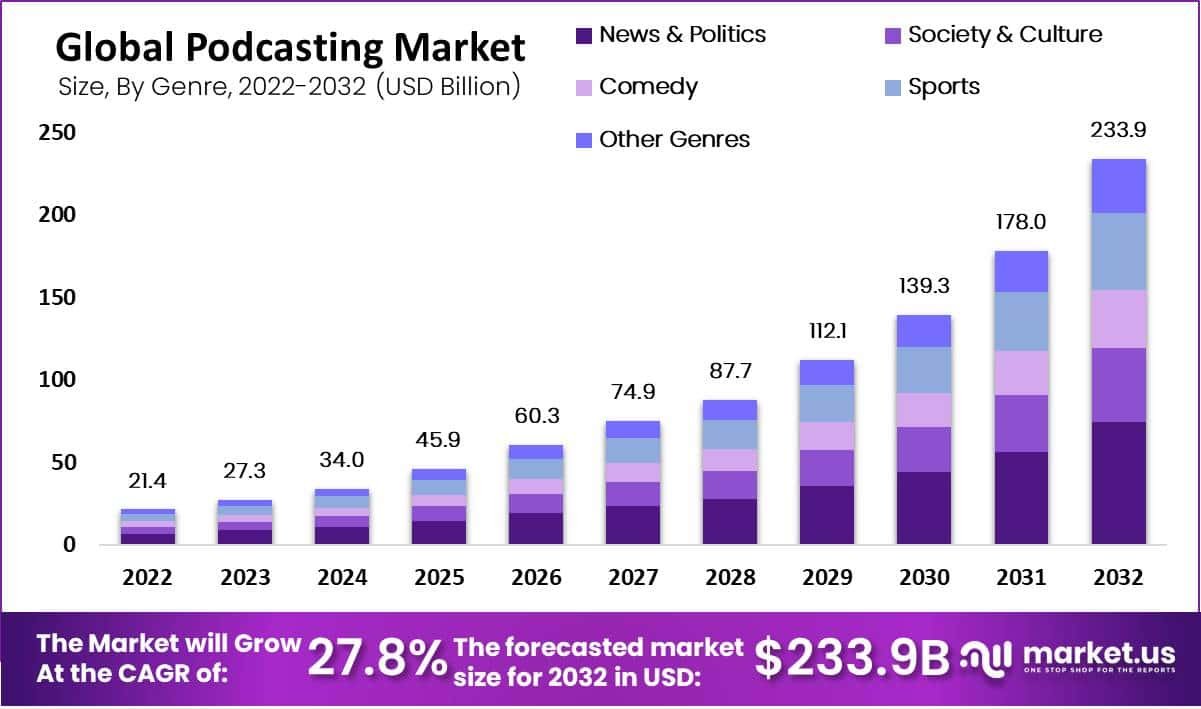The music streaming industry is showing signs of slowing growth—not decline, but a tapering off from the explosive expansion of the previous decade. Here is an overview of the current state of streaming and its future.
1. Growth Trends Over the Last Ten Years
2013–2019: This period saw hyper-growth, with double-digit annual increases in streams driven by:
Smartphone adoption
Expansion of broadband/wireless infrastructure
Spotify’s and Apple Music’s global rollout
Playlist culture and algorithmic discovery
2020–2022: The COVID-19 pandemic temporarily flattened or redirected growth as commuting dropped, but home listening increased. Overall volume held or grew, though patterns shifted (e.g., more lean-back listening).
2023–2024: Industry data (from IFP shows slower growth rates in total streams:
Global music streaming revenues still rose, but less steeply (e.g., +11.5% in 2023 vs. +18.5% in 2021).
Total audio streams grew in volume, but that growth is leveling off in mature markets (U.S., U.K., Canada).
2. Why Is Growth Slowing?
Market saturation: Most consumers who are likely to subscribe or stream regularly already do.
Platform fatigue: There’s some evidence of streaming burnout—constant access to music has reduced urgency and excitement for many users.
Short-form video competition: TikTok and Instagram Reels have changed how music is sampled, with more people engaging with short music clips than full tracks or albums.
Economic pressures: Subscription fatigue and inflation may make some users reconsider paying for multiple services.
3. What It Means for Consumption Behavior
This slowing growth doesn’t imply that users are abandoning streaming—it signals maturation. Here are three shifts worth noting:
A. Listening Time Is Fragmenting
People aren’t necessarily streaming less, but they are splitting their attention:
Podcasts, audiobooks, and ambient content now share ear-time.
Music is more background than foreground, especially in Gen Z’s multitasking digital lives.
B. Repetition and Comfort Listening
Many users increasingly turn to familiar music, with repeat listening of catalog tracks rising.
Catalog now accounts for >70% of U.S. streams.
Consumers use streaming as a utility or emotional regulator, rather than as a discovery engine.
C. Playlist and Platform Dependency
Listeners have become more passive:
Relying on algorithmic or editorial playlists instead of searching or curating.
This centralizes power with DSPs (Spotify, Apple Music) and shapes how music is experienced (shorter songs, faster hooks, etc.).
Slowing Growth in Mature Markets
While global revenues continue to rise, mature markets like the USA are experiencing a slower growth rate, indicating market saturation.
Emerging markets in Asia and Latin America are driving global growth, highlighting a shift in consumption patterns.
The industry is transitioning from rapid growth to a phase of consolidation and diversification, with a focus on expanding in emerging markets.



